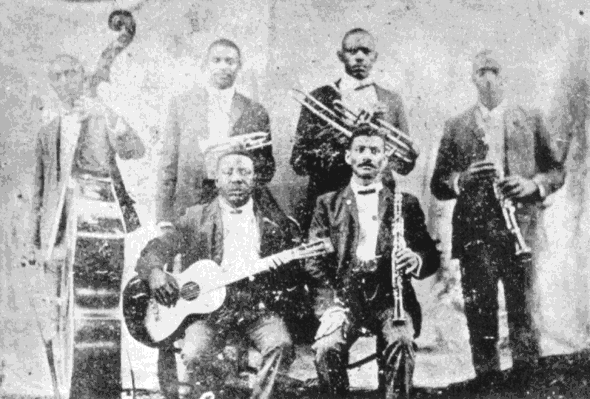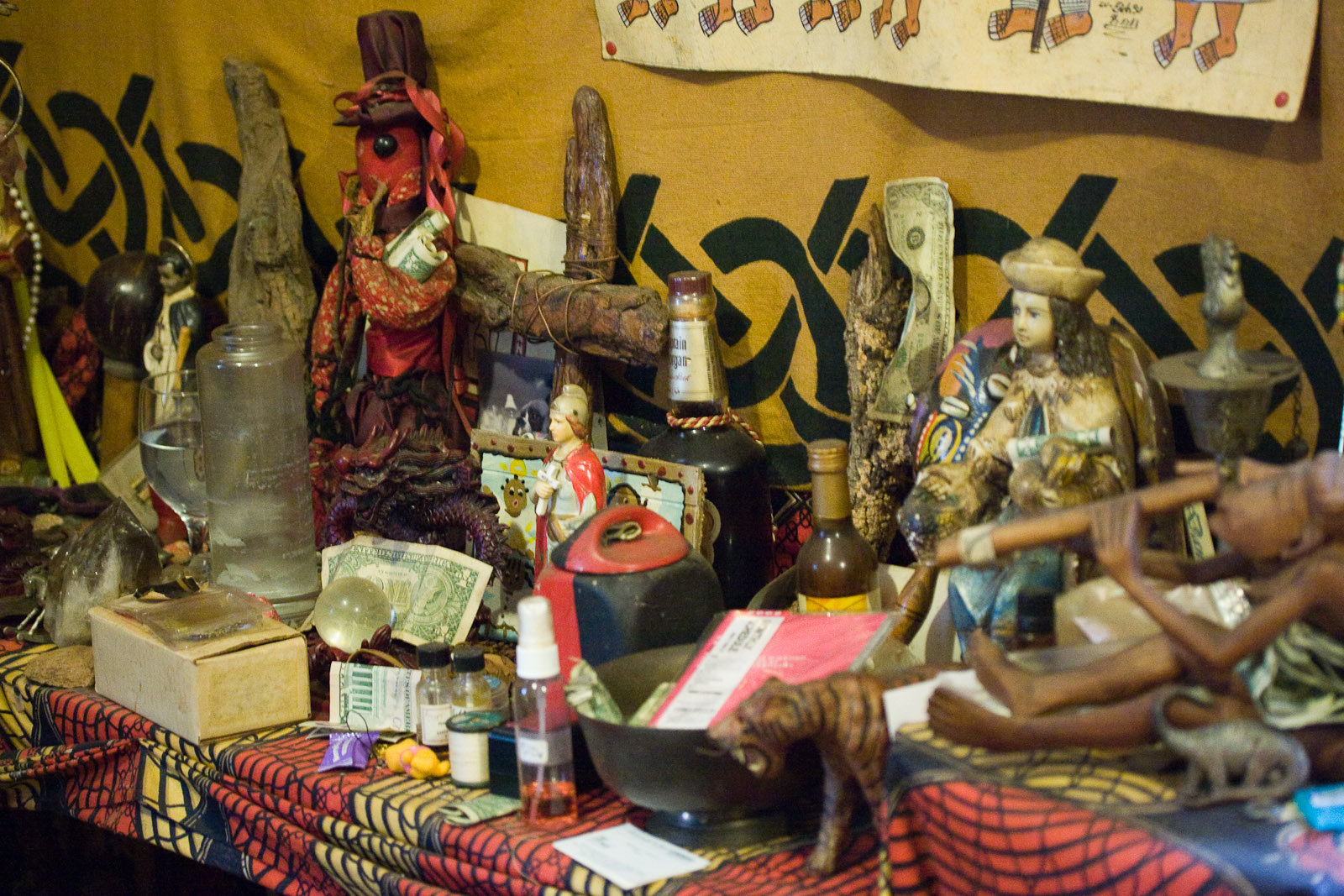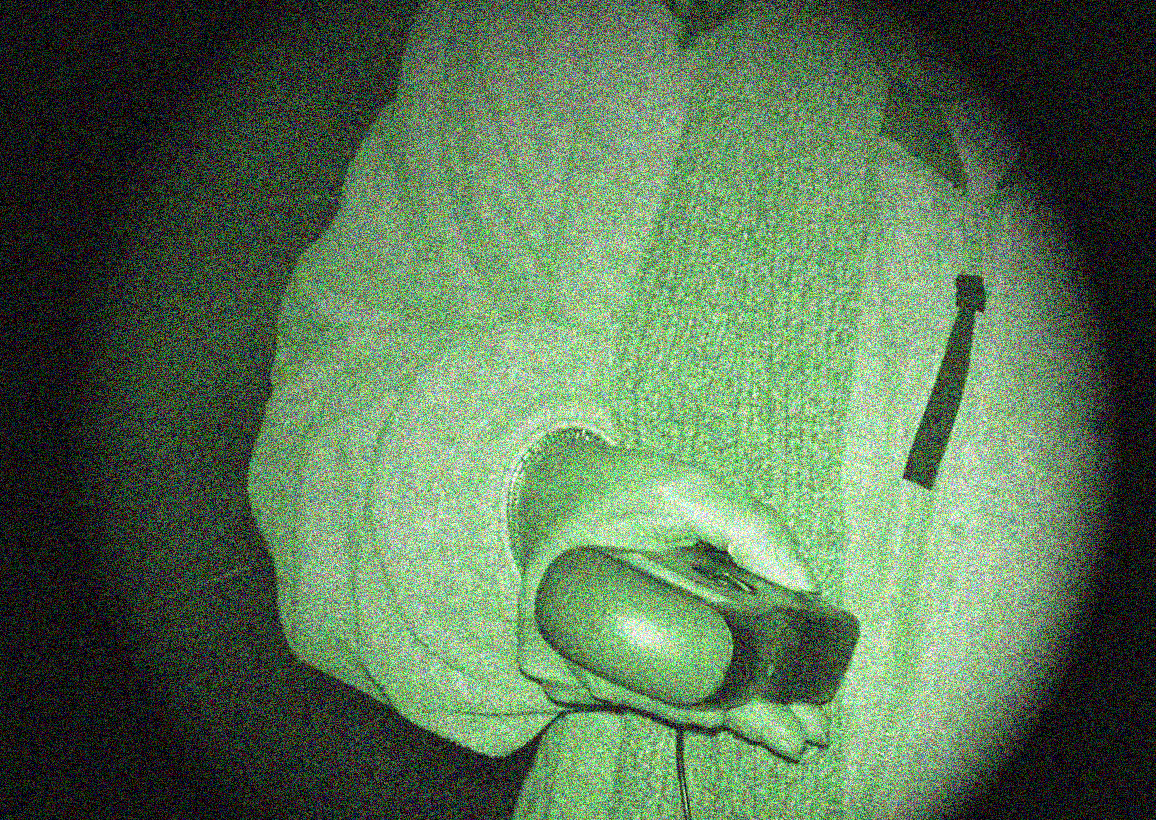|
Holt Cemetery
Holt Cemetery is a potter's field cemetery in New Orleans, Louisiana. It is located next to Delgado Community College, behind the right field fence of the college's baseball facility, Kirsch-Rooney Stadium. The cemetery is named after Dr. Joseph Holt, an official of the New Orleans Board of Health (famously involved with city health issues concerning Storyville, the Red-light district of New Orleans) who officially established the cemetery in the 19th century. Holt Cemetery is one of the Historic Cemeteries of New Orleans. The cemetery was established in 1879 to inter the bodies of poor or indigent residents of the city. Funeral processions to Holt Cemetery were generally around, rather than through, the city. The original cemetery was 5.5 acres, and it was expanded in 1909 to 7 acres. Nearly all of the tombs are in-ground burials. As established, ownership of the graves at Holt Cemetery were given to the families of the deceased for the cost of digging the grave and subsequent ... [...More Info...] [...Related Items...] OR: [Wikipedia] [Google] [Baidu] |
Potter's Field
A potter's field, paupers' grave or common grave is a place for the burial of unknown, unclaimed or indigent people. "Potter's field" is of Biblical origin, referring to Akeldama (meaning ''field of blood'' in Aramaic), stated to have been purchased after Judas Iscariot's suicide by the high priests of Jerusalem with the coins that had been paid to Judas for his identification of Jesus. The priests are stated to have acquired it for the burial of strangers, criminals, and the poor, the coins paid to Judas being considered blood money. Prior to Akeldama's use as a burial ground, it had been a site where potters collected high-quality, deeply red clay for the production of ceramics, thus the name potters' field. Origin The term "potter's field" comes from Matthew 27:3– 27:8 in the New Testament of the Bible, in which Jewish priests take 30 pieces of silver returned by a remorseful Judas: The site referred to in these verses is traditionally known as Akeldama, in the val ... [...More Info...] [...Related Items...] OR: [Wikipedia] [Google] [Baidu] |
Buddy Bolden
Charles Joseph "Buddy" Bolden (September 6, 1877 – November 4, 1931) was an African American cornetist who was regarded by contemporaries as a key figure in the development of a New Orleans style of ragtime music, or "jass", which later came to be known as jazz. Childhood When he was born, Bolden's father, Westmore Bolden, was working as a driver for William Walker, the former master of Buddy's grandfather Gustavus Bolden, who died in 1866. His mother, Alice (née Harris), was 18 when she married Westmore on August 14, 1873. Westmore Bolden was around 25 at the time, as records show that he was 19 in August 1866. When Buddy was six his father died, after which the boy lived with his mother and other family members. In records of the period the family name is variously spelled ''Bolen'', ''Bolding'', ''Boldan'', and ''Bolden'', thus complicating research. Buddy likely attended Fisk School in New Orleans, though evidence is circumstantial, as early records of this and oth ... [...More Info...] [...Related Items...] OR: [Wikipedia] [Google] [Baidu] |
Santería
Santería (), also known as Regla de Ocha, Regla Lucumí, or Lucumí, is an African diasporic religion that developed in Cuba during the late 19th century. It arose through a process of syncretism between the traditional Yoruba religion of West Africa, the Roman Catholic form of Christianity, and Spiritism. There is no central authority in control of Santería and much diversity exists among practitioners, who are known as ''creyentes'' ("believers"). Santería is polytheistic and revolves around deities called ''oricha''. Deriving their names and attributes from traditional Yoruba divinities, they are equated with Roman Catholic saints. Each human is believed to have a personal link to a particular oricha who influences their personality. Various myths are told about these oricha, who are regarded as subservient to Olodumare, a transcendent creator deity. Olodumare is believed to be the ultimate source of ''aché'', a supernatural force permeating the universe that can be ma ... [...More Info...] [...Related Items...] OR: [Wikipedia] [Google] [Baidu] |
Louisiana Voodoo
Louisiana Voodoo (french: Vaudou louisianais, es, Vudú de Luisiana), also known as New Orleans Voodoo, is an African diasporic religion which originated in Louisiana, now in the southern United States. It arose through a process of syncretism between the traditional religions of West Africa, the Roman Catholic form of Christianity, and Haitian Vodou. No central authority is in control of Louisiana Voodoo, which is organized through autonomous groups. Historical records reveal the names of various deities who were worshiped in Voodoo, prominent among them were Blanc Dani, the Grand Zombi, and Papa Lébat. These were venerated at altars, where sacrifices were made to them. Spirits of the dead also played a prominent role in historical Voodoo, with some contemporary practitioners regarding the religion as a form of ancestor worship. Historical accounts suggest that in the 19th century, the saints played a prominent role, although amid the 20th-century revival, the veneration ... [...More Info...] [...Related Items...] OR: [Wikipedia] [Google] [Baidu] |
Grave-robbing
Grave robbery, tomb robbing, or tomb raiding is the act of uncovering a grave, tomb or crypt to steal commodities. It is usually perpetrated to take and profit from valuable artefacts or personal property. A related act is body snatching, a term denoting the contested or unlawful taking of a body (seldom from a grave), which can be extended to the unlawful taking of organs alone. Grave robbing has caused great difficulty to the studies of archaeology, art history, and history. Countless precious grave sites and tombs have been robbed before scholars were able to examine them. In any way, the archaeological context and the historical and anthropological information are destroyed: Grave robbers who are not caught usually sell relatively modern items anonymously and artifacts on the black market. Those intercepted, in a public justice domain, are inclined to deny their guilt. Though some artifacts may make their way to museums or scholars, the majority end up in private collections ... [...More Info...] [...Related Items...] OR: [Wikipedia] [Google] [Baidu] |
Ghost Hunting
Ghost hunting is the process of investigating locations that are reported to be haunted by ghosts. Typically, a ghost-hunting team will attempt to collect evidence supporting the existence of paranormal activity. Ghost hunters use a variety of electronic devices, including EMF meters, digital thermometers, both handheld and static digital video cameras, including thermographic and night vision cameras, night vision goggles, as well as digital audio recorders. Other more traditional techniques are also used, such as conducting interviews and researching the history of allegedly haunted sites. Ghost hunters may also refer to themselves as "paranormal investigators." Ghost hunting has been heavily criticized for its dismissal of the scientific method. No scientific study has ever been able to confirm the existence of ghosts. The practice is considered a pseudoscience by the vast majority of educators, academics, and science writers. Regal, Brian. (2009). ''Pseudoscience: A C ... [...More Info...] [...Related Items...] OR: [Wikipedia] [Google] [Baidu] |
UpStairs Lounge Arson Attack
The UpStairs Lounge arson attack occurred on June 24, 1973 at a gay bar called the UpStairs (or Up Stairs) Lounge located on the second floor of the three-story building at 604 Iberville Street in New Orleans, Louisiana, in the United States. Thirty-two people died and at least fifteen were injured as a result of fire or smoke inhalation. The official cause is still listed as "undetermined origin". The primary suspect, a gay man with a history of psychiatric impairment named Roger Dale Nunez who had been ejected from the bar earlier in the day, was never charged and took his own life in November 1974. No evidence has ever been found that the arson was motivated by hatred or overt homophobia. Until the 2016 Orlando nightclub shooting, in which 49 people were murdered, the UpStairs Lounge arson attack was the deadliest attack on a gay club in U.S. history. Background The club was located on the second floor of a three-story building at the corner of Chartres and Iberville ... [...More Info...] [...Related Items...] OR: [Wikipedia] [Google] [Baidu] |
Robert Charles
Robert Charles (1865–1900) was a Black American living in New Orleans who took part in a gunfight after being assaulted by a police officer, leading to the death of 4 police and 2 civilians, and the wounding of over 20 others. The event sparked a major race riot in 1900; known as the Robert Charles riots. Killings On Monday, July 23, 1900, Charles sat on the front steps of a house in New Orleans talking with a friend, while waiting to rendezvous with his girlfriend, Virginia Banks, who lived on the block. Three white police officers, Sergeant Jules C. Aucion, August T. Mora, and Joseph D. Cantrelle, investigated reports of "two suspicious looking negroes" sitting on a porch in a predominantly white neighborhood. They found Robert Charles and his roommate, 19-year-old Leonard Pierce, at the scene. The policemen questioned the two men, demanding to know what they "were doing and how long they had been there." One of the two men replied that they were "waiting for a friend." Char ... [...More Info...] [...Related Items...] OR: [Wikipedia] [Google] [Baidu] |
Jessie Hill
Jessie Hill (December 9, 1932 – September 17, 1996) was an American R&B and Louisiana blues singer and songwriter, best remembered for the classic song "Ooh Poo Pah Doo". Life and career Hill was born in New Orleans, Louisiana, United States. By his teens he was playing drums in local bands, and in 1951 he formed his own group, the House Rockers. After periods performing as drummer with Professor Longhair and then Huey "Piano" Smith, Hill formed a new version of the House Rockers in 1958, which enabled him to focus on singing with the band. He is the grandfather of James and Troy Andrews. The origins of "Ooh Poo Pah Doo" were apparently created from a tune played by a local pianist, who was known only as Big Four. Hill wrote the lyrics and melody, later expanding the work with an intro taken from Dave Bartholomew. It was further honed on stage, before Hill recorded a demo that he shopped to local record labels, finally recording a session at Cosimo Matassa's stud ... [...More Info...] [...Related Items...] OR: [Wikipedia] [Google] [Baidu] |
New Orleans
New Orleans ( , ,New Orleans . ; french: La Nouvelle-Orléans , es, Nueva Orleans) is a consolidated city-parish located along the in the southeastern region of the U.S. state of Louisiana. With a population of 383,997 according to the 2020 U.S. census, [...More Info...] [...Related Items...] OR: [Wikipedia] [Google] [Baidu] |
Babe Stovall
Jewell Stovall, better known as Babe Stovall (October 14, 1907 – September 21, 1974), was an American Delta blues singer and guitarist. Stovall was born in Tylertown, Mississippi, United States, in 1907, the youngest of eleven children (thus his nickname "Babe"). He learned to play the guitar by the age of eight, and his guitar playing style was influenced by Tommy Johnson, whom he had met in Mississippi around 1930. In 1964, he relocated to New Orleans, Louisiana, where he entertained on the streets, and in cafes and galleries of the French Quarter. Stovall frequently took young white musicians under his wing as apprentice performers, teaching them traditional country blues songs and guitar techniques. He variously played his guitar at the back of his neck, and hollered his song lyrics loudly for all in the vicinity to hear. In 1964 he recorded an album for Verve, titled ''Babe Stovall'' (which was re-released in 1990 on CD), and undertook more recordings in 1966, ... [...More Info...] [...Related Items...] OR: [Wikipedia] [Google] [Baidu] |







